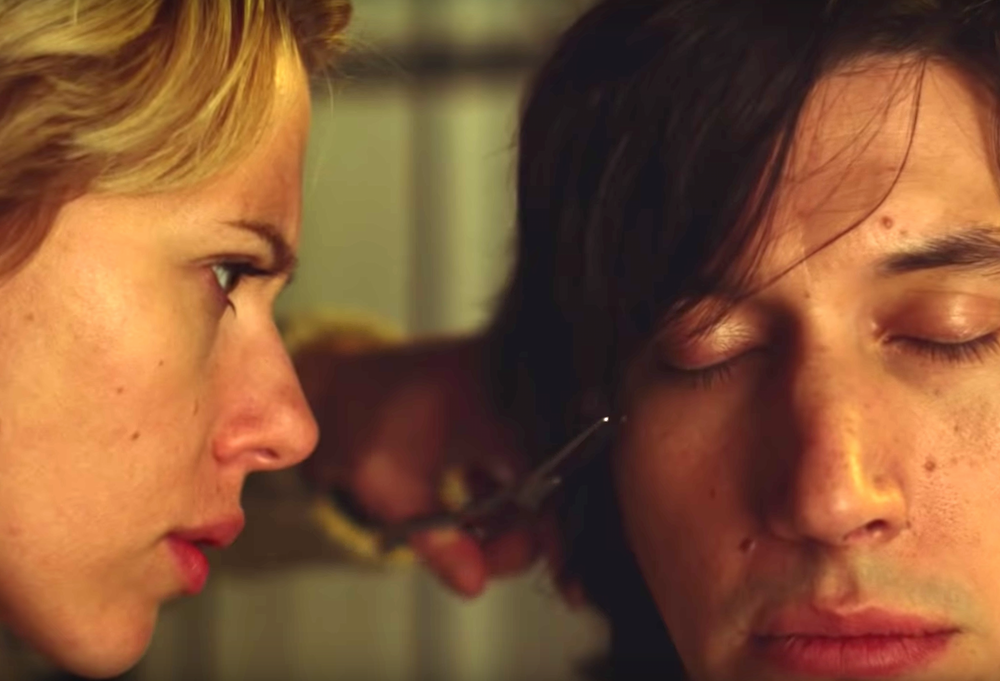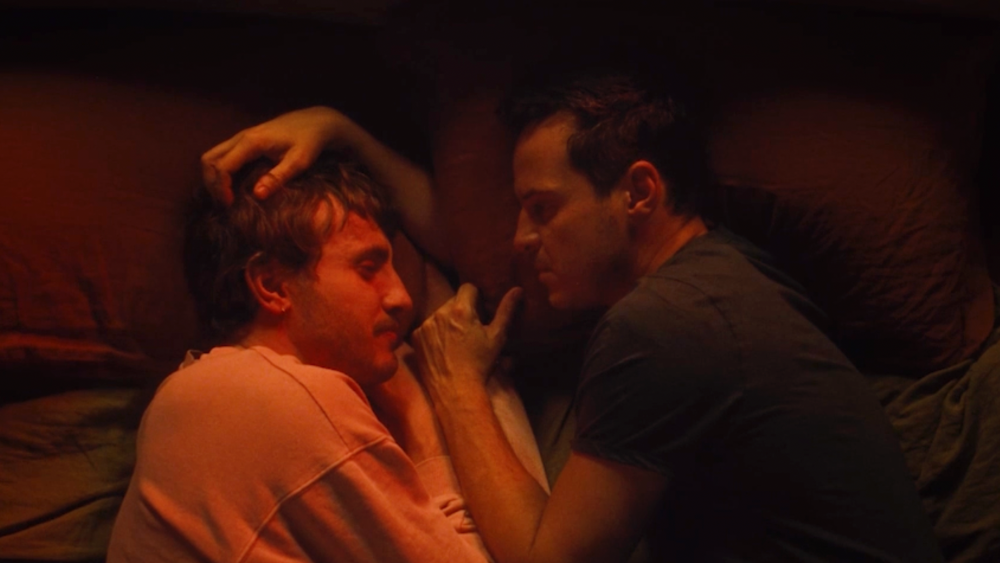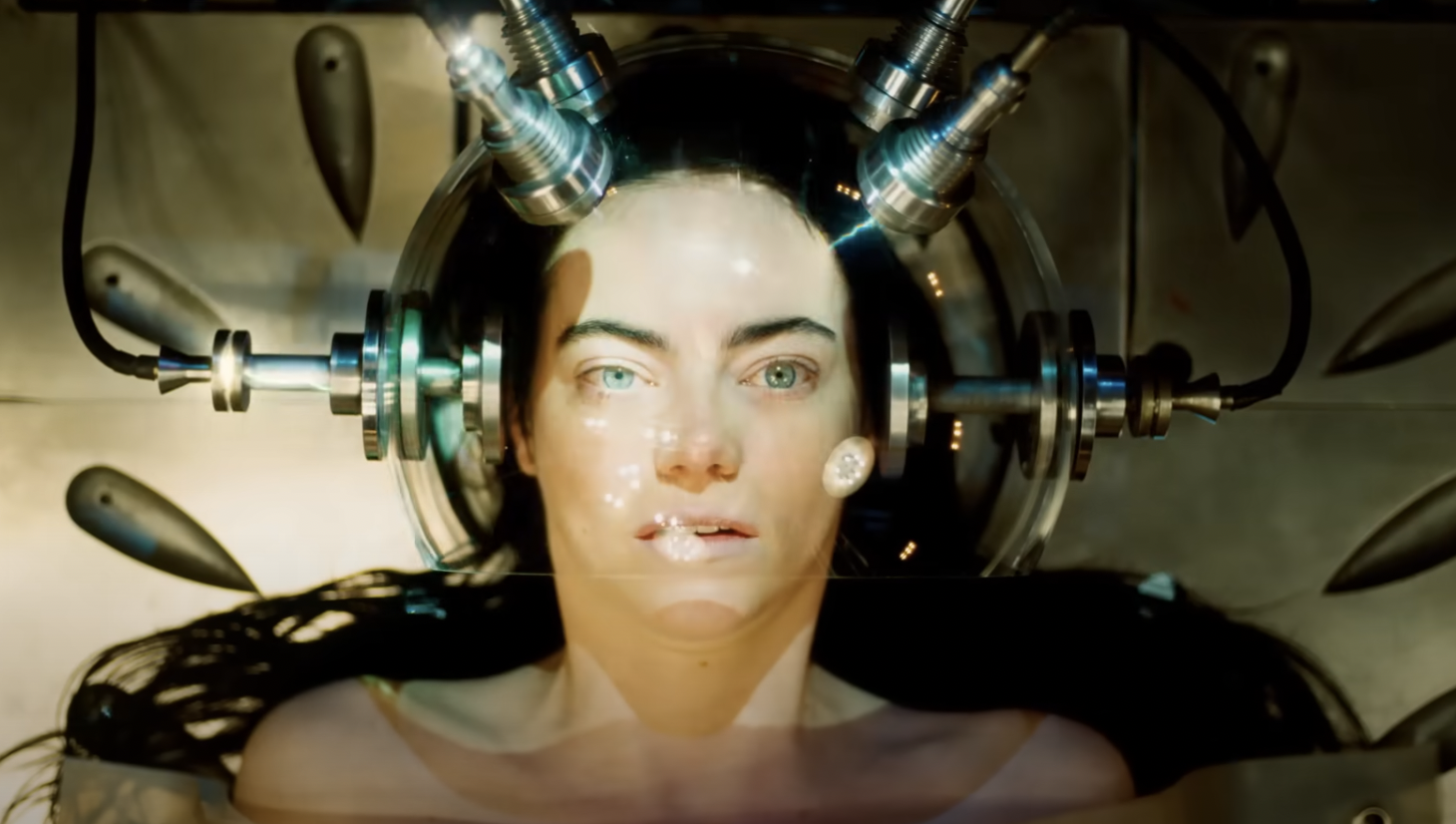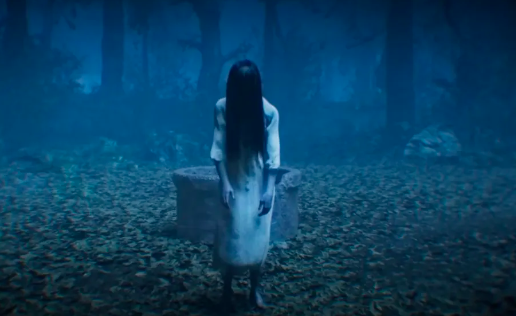Books & Culture
“Marriage Story” Shows Us the Pitfalls of Seeing Stories Through Men’s Eyes
How "Fleishman Is in Trouble" and "Fates and Furies" succeed where the movie fails

When the Oscar nominations were announced, Noah Baumbach’s “Marriage Story”—a naturalistic and at times excruciating portrait of a collapsing relationship—was one of the most honored films, netting six nominations including Best Picture and Best Screenplay. But the film itself, despite its honors, is a frustrating misfire, falling short in an effort to say something new about relationships. It’s constrained, ultimately, by a narrow perspective that moors it in familiar territory.
The Oscar nominations kicked off another round of debate on whose stories we value, and what kind of stories are seen as serious and prestigious. Stories about men dominated the Best Picture category, and in turn those Best Picture nominees dominated the other categories, leading to an Oscar playing field narrowly centered on a few movies, “Marriage Story” among them.
Much of the debate around “Marriage Story” circles around the question of whether the movie takes a “side” in the argument between its protagonists–Charlie, played by Adam Driver, and his soon-to-be-ex wife Nicole, played by Scarlett Johansson. Every viewer of the movie is going to have a different answer to this question. But I think it’s the wrong question to ask. I agree with the critic A.O. Scott that the interesting question here is not “side” but “perspective”—and there, it’s clear, we see the story through Charlie’s eyes.
Even at the outset, it becomes clear that one of these characters will be controlling the narrative.
As Baumbach told the L.A. Times, the movie isn’t strictly autobiographical, but the depth of feeling that he puts into the material didn’t come out of the blue. “I have a personal connection to the material,” Baumbach said. “My parents divorced when I was a kid. And I’ve been through a divorce.” (Not for nothing, Charlie is also a director.) So it makes sense that Charlie becomes our viewpoint character.
At first, it seems, the movie is at least attempting to be even-handed: we hear in narration Charlie and Nicole describing what they like about the other. But even at the outset, it becomes clear that one of these characters will be controlling the narrative. This is literally true, in the sense that the Charlie analogue is the one making the film, but even within the context of the story, Charlie is the one putting the relationship into words: in a therapy session, he’s excited to share a letter he wrote to Nicole, but she won’t read her own letter aloud.
In the second half of the movie, as the conflict escalates emotionally and legally, we spend more and more of our time with Charlie. The perspective shrinks, the weight of the events is expressed in Driver’s performance. By the end of the movie we see Charlie reading the letter Nicole wouldn’t share at the outset: Nicole’s words, but a story about Charlie, delivered in Charlie’s voice, in a film made by a guy who looks a lot like Charlie but smaller.
By tightening the window of perspective and telling the story—by the end—of a flawed intellectual man who feels put-upon by the structures of the world that constrain or defy him, Baumbach is very much evoking mid-20th century novelists like Phillip Roth and John Updike. But two decades into the 21st century, maybe we should instead be emulating novelists who break free of a man’s worldview as the default perspective. Taffy Brodesser-Akner’s Fleishman Is in Trouble and Lauren Groff’s Fates and Furies both take on the same challenge as Marriage Story—depicting a collapsing relationship through a deliberate and thoughtful exploration of multiple perspectives. Ultimately these books succeed where Marriage Story flounders, because they’re able to transcend the bounds of the male perspective. In getting outside a man’s viewpoint, Fleishman and Fates and Furies tell us more about relationships than Marriage Story—and even more about men.
Brodesser-Akner accomplishes this through a sharp and radical shift in perspective. The first two thirds of the book are told exclusively from the point of view of Toby Fleishman, a doctor whose wife disappears and leaves him with her children. At the outset, we are embedded deeply in Toby’s point of view, seeing all of his inconveniences and frustrations and challenges up close and sympathetically. Rachel, his wife, seems to exist only as the creator of his problems.
Then Brodesser-Akner pulls the rug out from under everything she’s just built. She introduces us to Rachel, and the story we learned from Toby is pulled apart and re-assembled. In Rachel’s side of the story, everything that Toby couldn’t understand becomes clear, and his grievances and frustrations—which the reader has been feeling alongside him during his narration—pale to irrelevance in comparison to hers.
Fleishman questions Toby’s worldview in the same ways that “Marriage Story” takes Charlie’s seriously. In each story the male protagonist has a young, female protege; in Baumbach’s story, Charlie’s stage manager is fixated on him romantically, while in Brodesser-Akner’s story, Toby assumes a romantic longing in his young resident that vanishes completely as soon as we get a chance to hear her opinion on it.
Like Fleishman, Groff’s Fates and Furies sets two stories of the dissolution of a relationship against each other, laying out the husband’s story before showing us the same events from the wife’s perspective and changing the way those events land. As in Fleishman, the reader is initially invited to sympathize with Lotto, a playwright from a wealthy family, as he meets, marries, collaborates with, and grapples with his partner Mathilde. (Lotto, like Charlie, feels familiar as the center of a story like this—he’s a male intellectual with a big personality and artistic renown.) Then the scene shifts, and we learn Mathilde’s personal history. Lotto’s cruelties and manipulations are revealed, and we can no longer trust the story we learned in the first half.
In all three works, the way we present ourselves to each other, the information we choose to emphasize or exclude, is a central theme: how can a relationship do anything but collapse if the two people involved have not just separate interests, but separate ideas of what’s even happening here? But where Baumbach defaults to Charlie’s viewpoint of a put-upon intellectual man and offers the story in a straight chronological order, Brodesser-Akner and Groff deliver us that familiar perspective and then intentionally complicate it, showing us how the woman in the relationship experiences the same events. These novels fracture time and shift perspective, calling into question what we thought we learned in the earlier parts of the story.
In art or in life, we can’t talk about perspective and power—whose stories are told, whose arguments are given credence, whose pain has merit—without addressing gender. The worlds of mid-century novelists like Roth and Updike are built on an implicit foundation of men as the inherent protagonist of any given story, and women as secondary characters, there to provide the hero with support or challenge as the story demands. So there’s disappointing familiarity to the fact that Baumbach settles so comfortably into centering Charlie’s pain even as he argues for Charlie’s culpability in the events that pain him, pushing Nicole to the side until we’re left with Charlie reading her words about him to himself.
Where Fleishman succeeds is in perfectly setting up that familiar story, telling it as plausibly and compellingly as any of its forebears, and then radically subverting it. It’s why, upon leaving Marriage Story, my mind went immediately to Fleishman, which succeeds (and then some) at what Marriage Story attempts.
These books aren’t just telling the story; they pose a challenge to the way we’re expected to see these stories.
“Marriage Story” seems to grasp at something like even-handedness, and doesn’t depict Charlie as an unambiguous hero in the face of an unreasonable world. It doesn’t seem to be Baumbach’s intention to demonize Nicole or elbow her out of the narrative, but as Charlie takes more screen time, Nicole’s role shrinks into something that we the viewer are observing, through Charlie’s eyes, rather than relating to.
By contrast, Fleischman and Fates achieve something sharper. They aren’t just telling the story; they pose a challenge to the way we’re expected to see these stories. By questioning a familiar perspective and offering another, they can step back from the details of the story itself, to say something more interesting about power and storytelling in general. Brodesser-Akner puts her intentions in Libby’s voice, as her narrator promises herself she’ll write a novel with “all the sides of the story, even the ones that hurt to look at directly—even the ones that make us too angry to want to hear them.” Oscar voters should keep that in mind.










